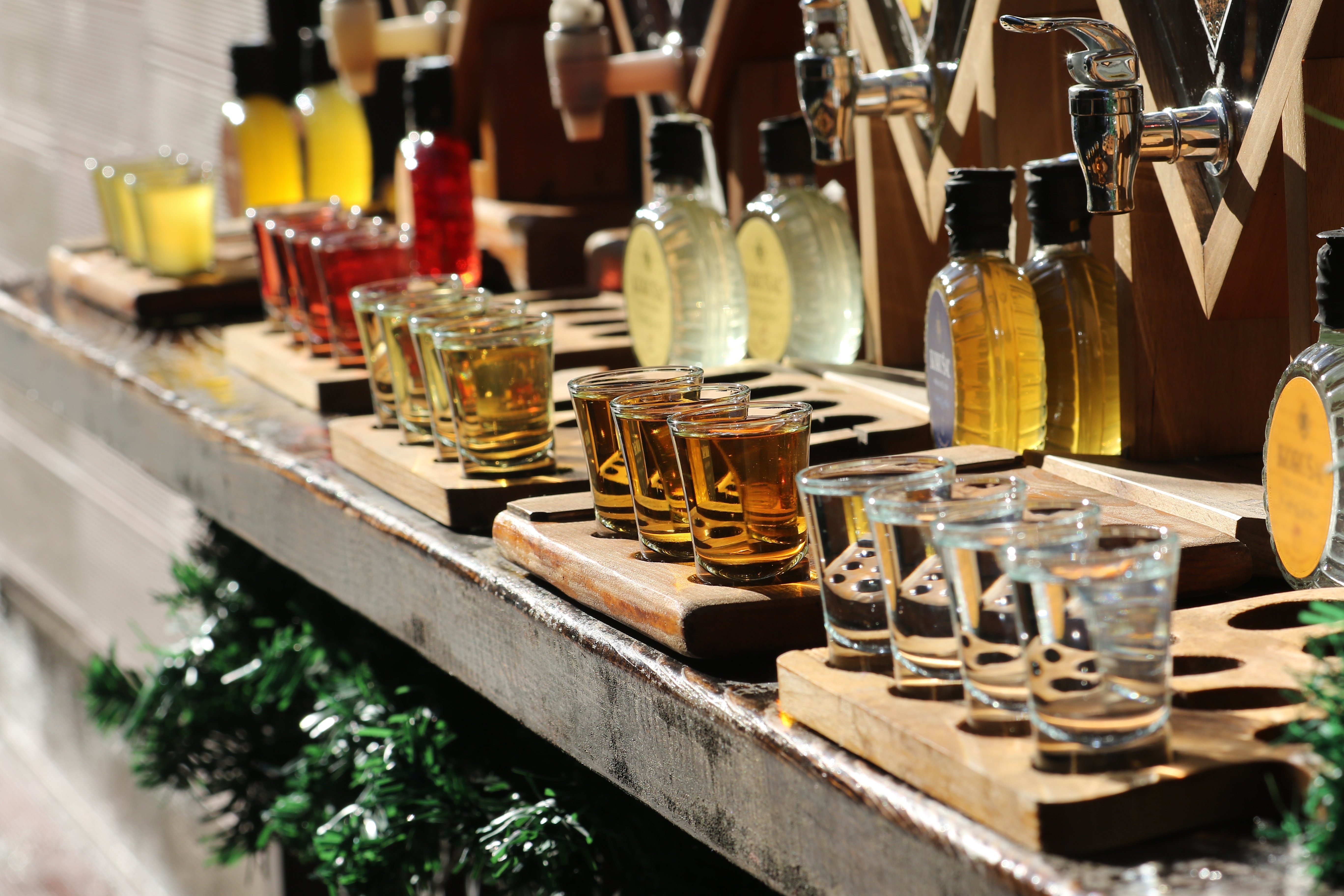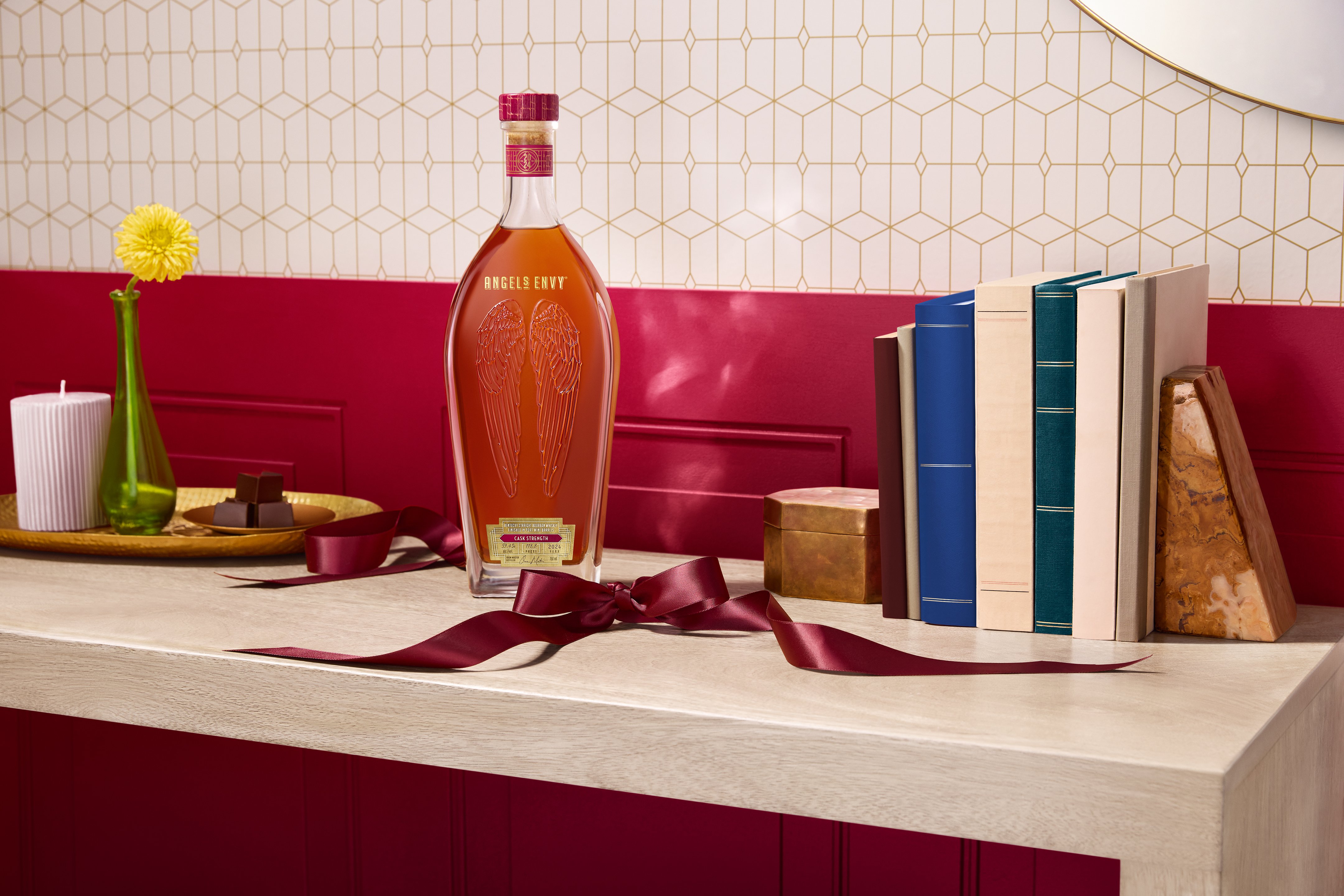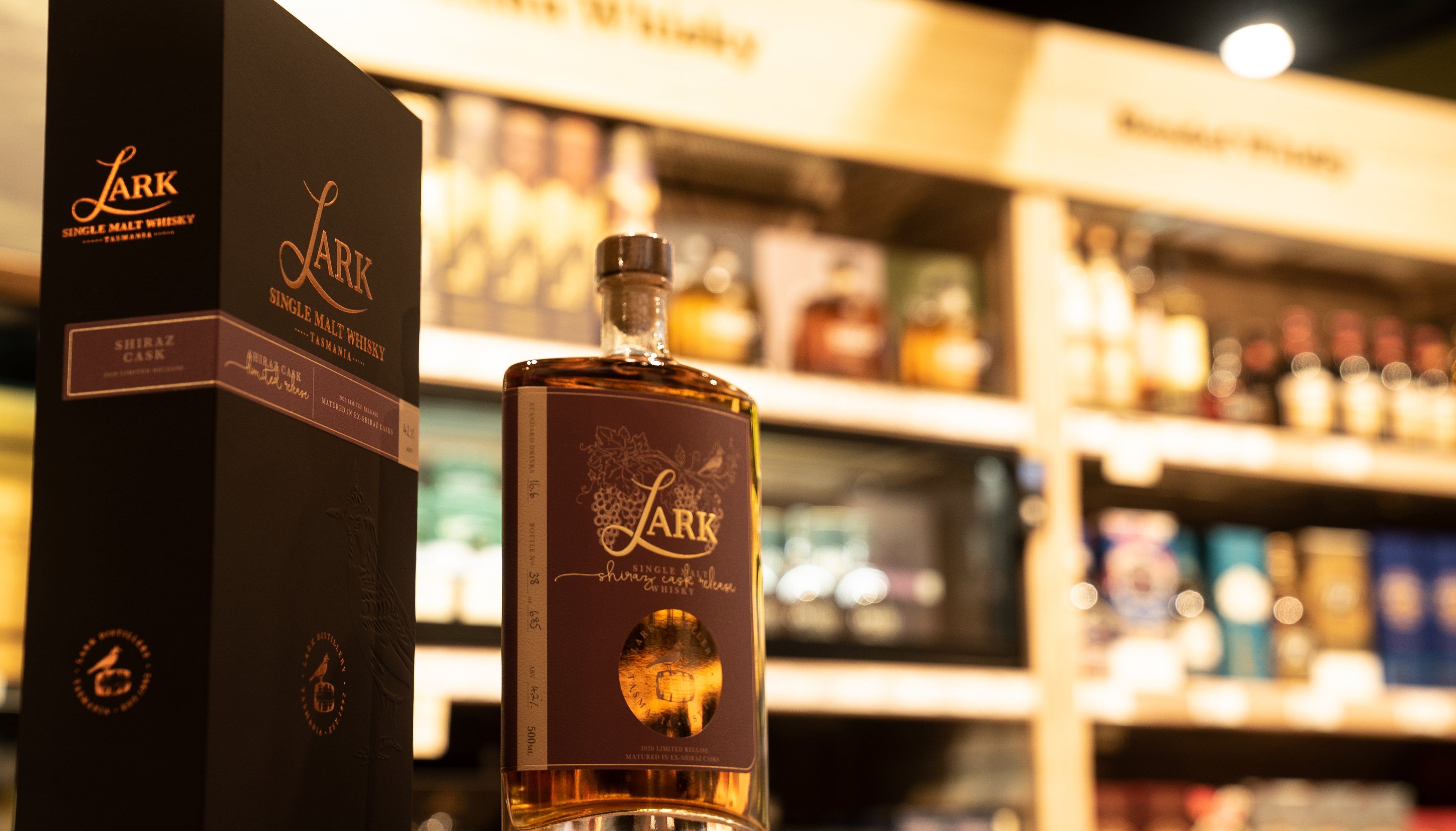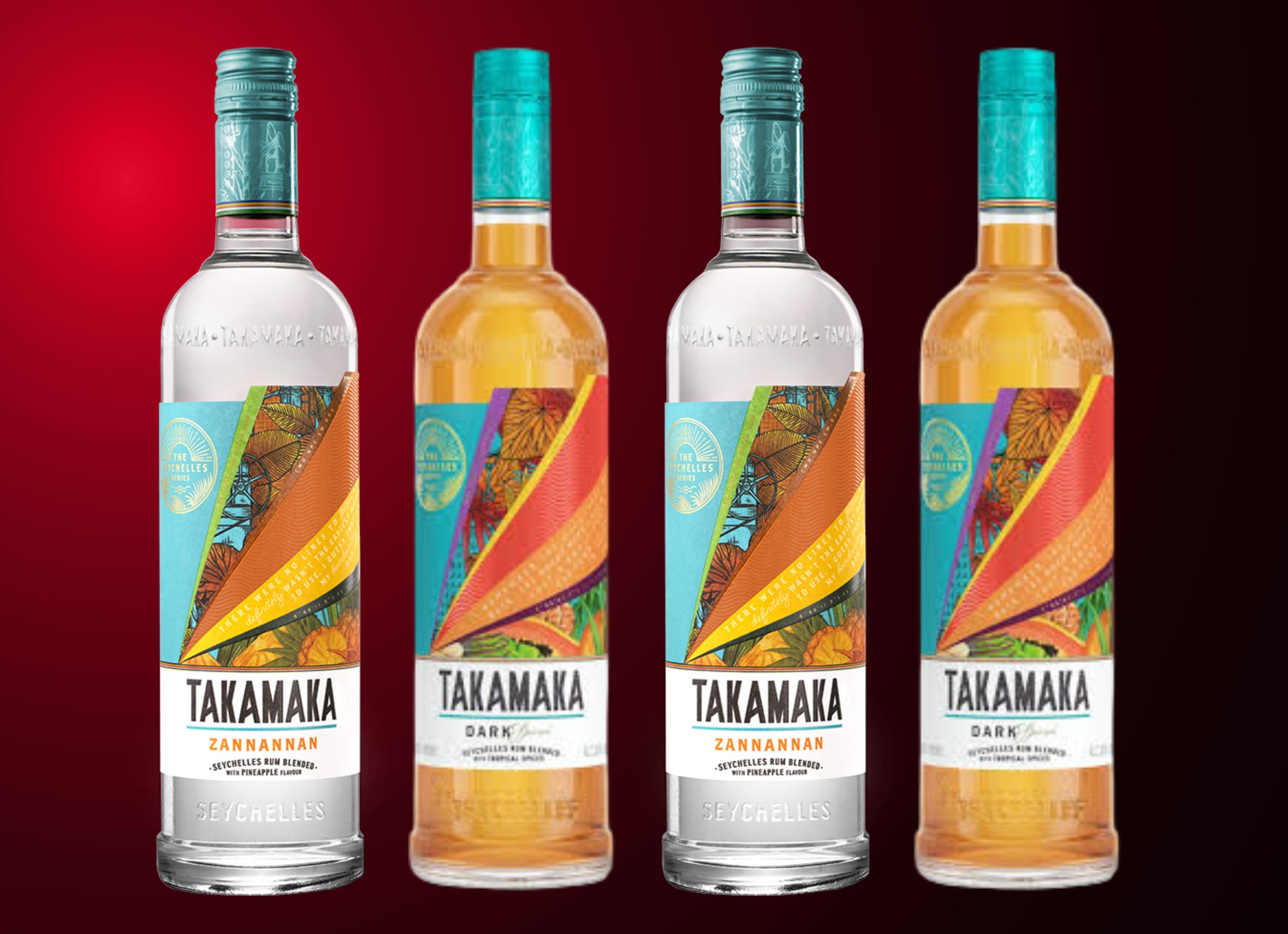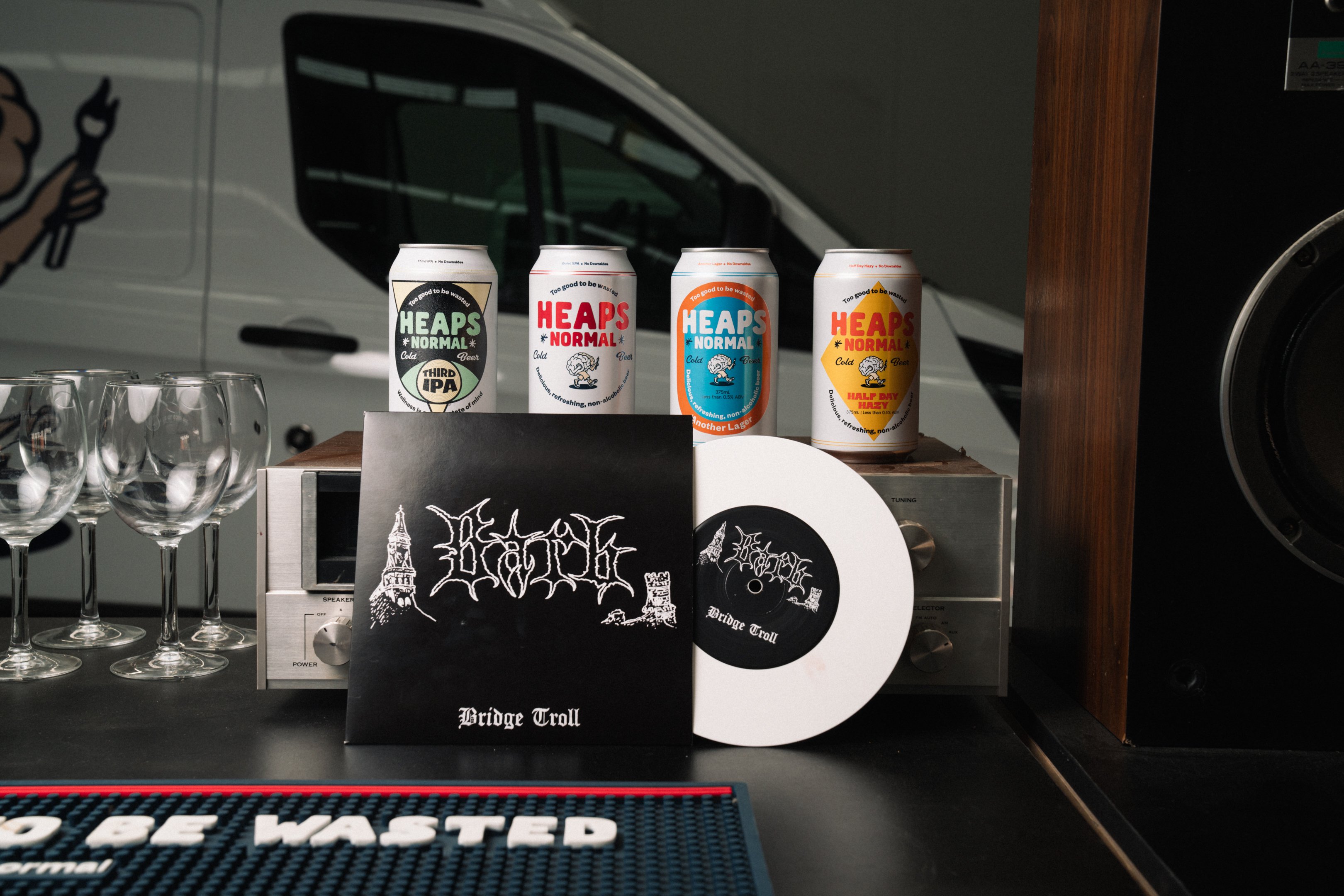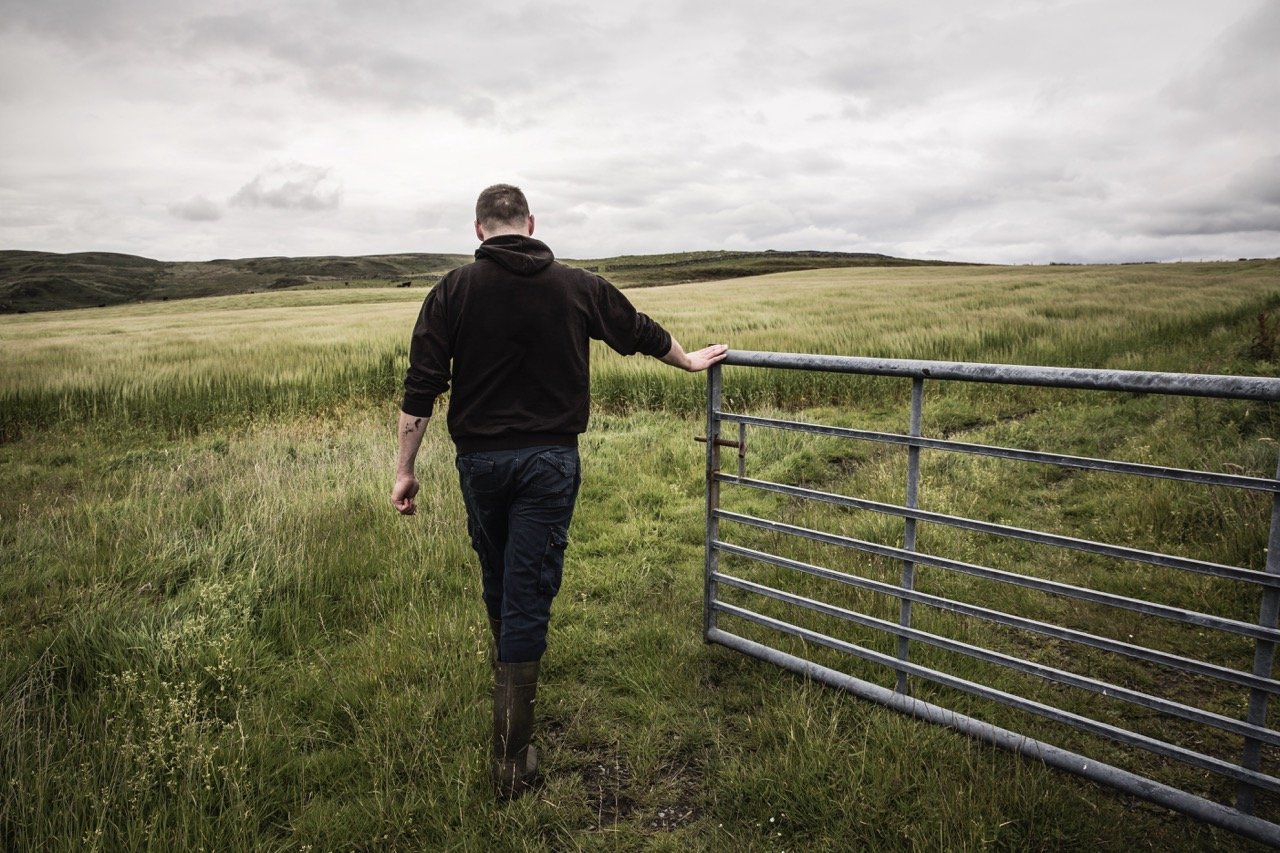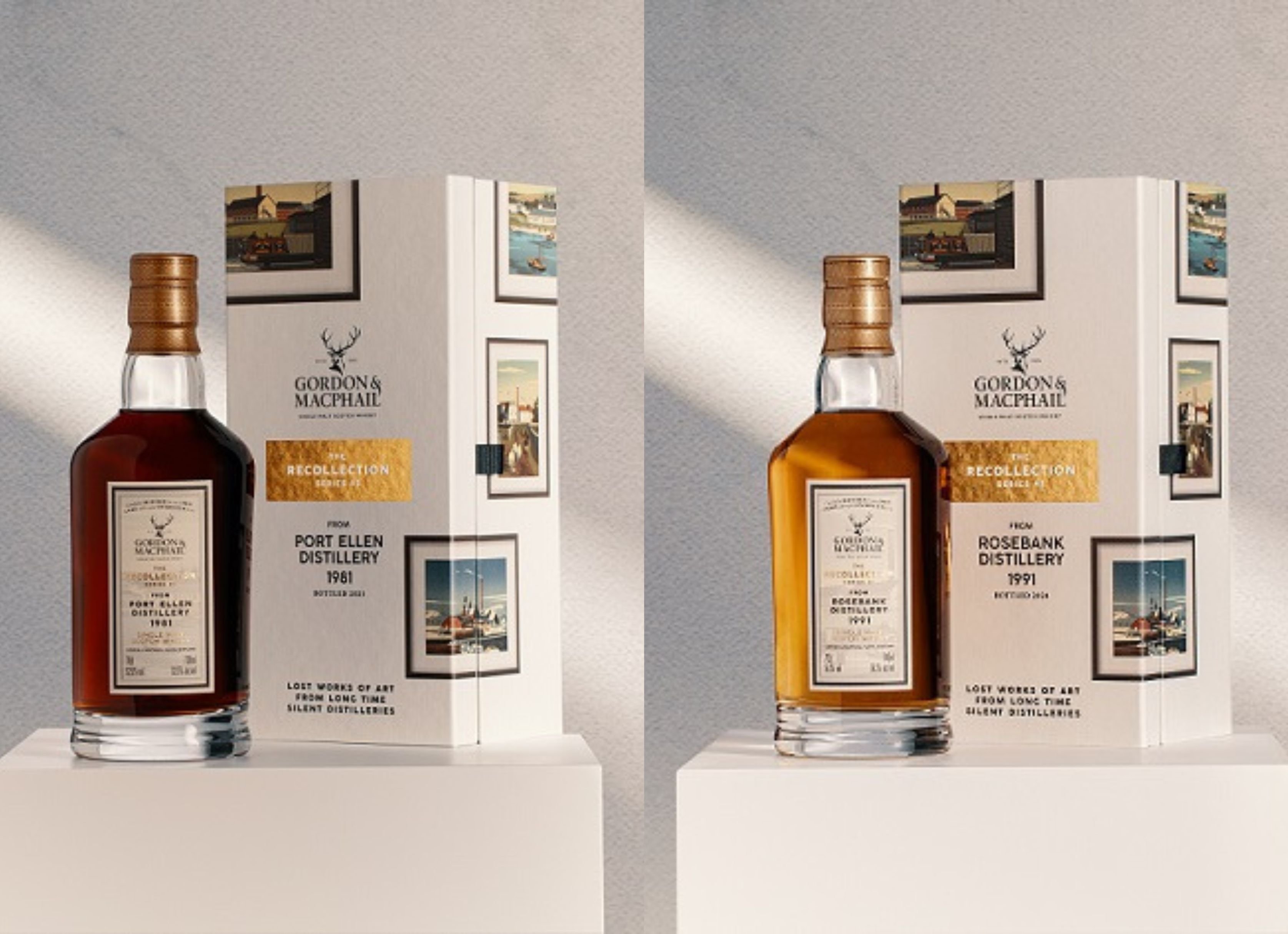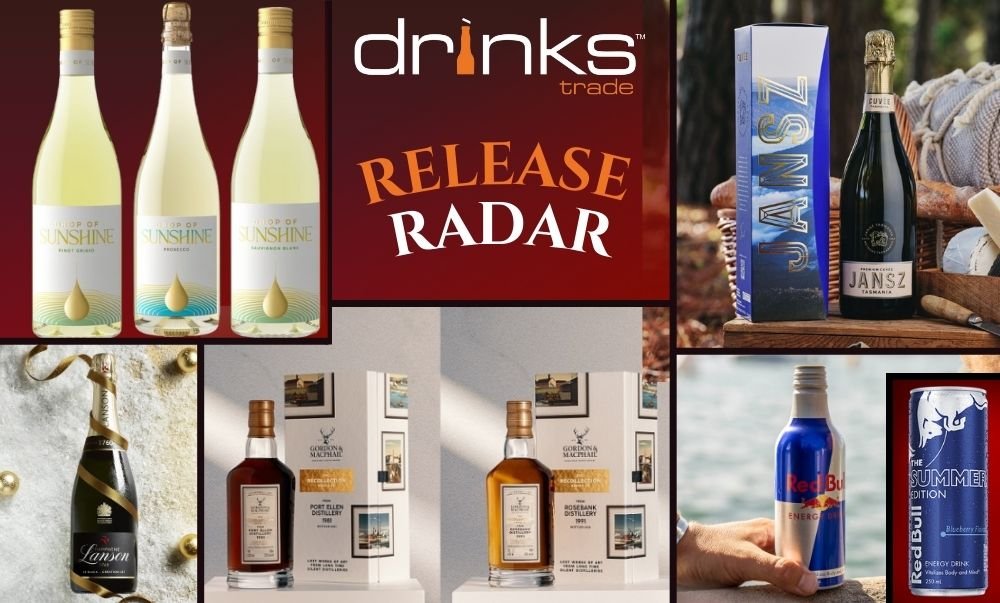For many, the almost never-ending array of categories, products and stories available to explore stands as one of the sector’s greatest assets. On the flipside, however, this also presents a distinct challenge to industry workers, especially when operating in a country as multicultural as Australia.
One example of a lesser-known liquor style available in Australia is Rakia, a category of fruit brandies from the Balkans, Europe. The name ‘Rakia’ itself denotes a certain style either from North Macedonia or Albania: “there are a lot of Rakias that [are] slightly different, but obviously [36 Short’s] is staying true to the heritage of the boys with their Macedonian descent,” said John Strusi, Brand & Operations Manager at 36 Short.
Despite recently receiving a Brand Award at the 2024 Australian Drinks Awards for its Limoncello, the origins of 36 Short, a multi-spirit producing distillery, are firmly rooted in Rakia. Upon launching the company, 36 Short became the first licensed Rakia producer in Australia.
“It did start with the Rakia and obviously the White Rakia was first - we were the first licensed Rakia sold in Australia, believe it or not,” explained Strusi.
“What we're using there is a Barossa Shiraz as a base: we're actually distilling that. And then with the White, once it's distilled, we put it into holding tanks. We also distil it with star anise pods, so there's quite a bit of a difference there.”
The use of star anise produces a style of Rakia common in Macedonia. Perhaps better associated with the category are the styles produced using fermented and distilled fruits. In Serbia and Croatia, the majority of Rakija is made from plum, apricot, and pear.
“In Croatia, obviously peach, plum the prominent one that I noticed,” said Strusi.
“One big thing is that a lot of them don't use the star anise in there, which is cool. But also, you know, with us using the star anise botanical, once again, it's that point of difference. And it's staying true to the heritage of Pando, [the father of 36 Short’s founders], as well.”
Rakia is also produced in Albania, Bosnia and Herzegovina, Bulgaria, Türkiye, Romania and Moldova, and Greece. Given the extensive Balkan populations across Australia, the potential for the category is self-evident and extends beyond imports.
According to Strusi, “the data I see is obviously a lot of heavily driven ethnic backgrounds… There’s a lot of the older demographics already getting it, but then it's the younger ones as well. It's those conversations that are happening at home about what they drank and what they used to drink, and then it's obviously a lot of our younger clients or demographics coming out, seeking a point of difference, which I love.”
36 Short currently produces a White Rakia, Gold Rakia, and Anise-free Rakia, all three of which use local Barossa Valley Shiraz as a base. As the name suggests, the Gold Rakia spends time ageing in oak prior to bottling, whilst the other two are transported straight to a holding tank after distillation. The final product combines a rich and smooth spirit derived from the brandy-like base with the strong star anise flavouring.
“We're paying homage with the roots right there, but then it's also, you know, how can we redefine what Rakhir is as well? So you've got a lot of customers that might want something different or want something that they've had previously… It's a point of difference for our customers, so that's a big thing too.”
According to John Strusi, Australia’s Rakia market is currently experiencing some noteworthy growth.
“There's a lot of growth in the category that we like seeing. Just like we've seen with Gin, you've got a lot of different distilleries coming out and experimenting with different styles, which I think is going to be great for the category as well to obviously continue to raise awareness.”
//
Explained is a new Drinks Trade series that shines a light on lesser understood liquor categories
Share the content
